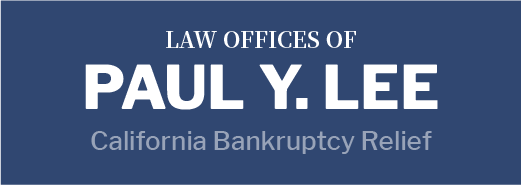For a myriad of families, credit cards symbolize a crucial financial safety valve, especially during unforeseen adversities such as medical exigencies or job loss episodes. However, resorting to credit to tide over short-term financial glitches often morphs into long-term financial shackles.
For instance, a particular study delineates that families enduring a phase without health insurance over the past three years are 20 percent more likely to be grappling with related credit card debt today. Similarly, households experiencing unemployment of a breadwinner for a span of two or more months within the last three years are 14 percent more likely to be mired in correlated credit card debt.

Credit Card Usage: How is It Affected by Market Conditions?
After the 2008 recession, there was a notable shift observed in the landscape of credit card usage and the overall debt burden among Americans. This shift was an amalgamation of several factors such as alterations in lending norms, consumer behavioral changes, and the inception of robust consumer protection legislations. The data narrates a compelling story:
- The saga of credit restriction unfurled between 2009 and 2012, with 39 percent of low and middle-income families encountering hurdles like card cancellation, credit limit truncation, or denial of credit card applications.
- The narrative of credit card holding too witnessed a dip with individuals holding an average of 1.96 credit cards in 2012, plummeting from 3.7 in 2009.
- The youth too exhibited a restrained credit card ownership with only 35 percent of students possessing a credit card in 2012, a decline from 42 percent in 2010.
- The scenario of families harboring credit card balances also portrayed a downward trajectory, with 55 percent families having a balance in 2010 compared to 61 percent in 2007.
- Lastly, the average credit card debt for a low or middle-income family was recorded at $7,145 in 2012, a substantial dip from $9,887 in 2008.
The Beacon of Hope: Chapter 7 Bankruptcy
For those who find the aforementioned statistics and trends disheartening and continue to wrestle with overwhelming credit card debt, there’s a beacon of hope. The journey of negating credit card balances often emerges as a tedious and disheartening endeavor, more so if a fresh financial emergency throws a spanner in the works.
Here’s where Chapter 7 bankruptcy unveils as a viable recourse. It provides a legal conduit for families and individuals to obliterate their credit card debts, paving the way for a fresh financial start. Besides credit card debts, Chapter 7 bankruptcy also extends a lifeline to discharge other types of unsecured debts including medical bills, personal loans, payday loans, utility bills, and even certain overdue taxes aged more than three years.
Taking the Informed Step Towards Financial Liberation
Should the idea of leveraging Chapter 7 bankruptcy to eradicate your credit card debts resonate with you, it’s prudent to consult with a proficient bankruptcy attorney. At The Law Offices of Paul Y. Lee, we’re committed to demystifying the contours of Chapter 7 bankruptcy, elucidating the income thresholds, filing prerequisites, and the potential impact on your financial vista. Connect with our seasoned California bankruptcy attorneys today at 951-755-1000. Allow us to illuminate the pathway of Chapter 7 bankruptcy, aligning you towards a horizon free of credit card debts and fostering a secure financial future.

